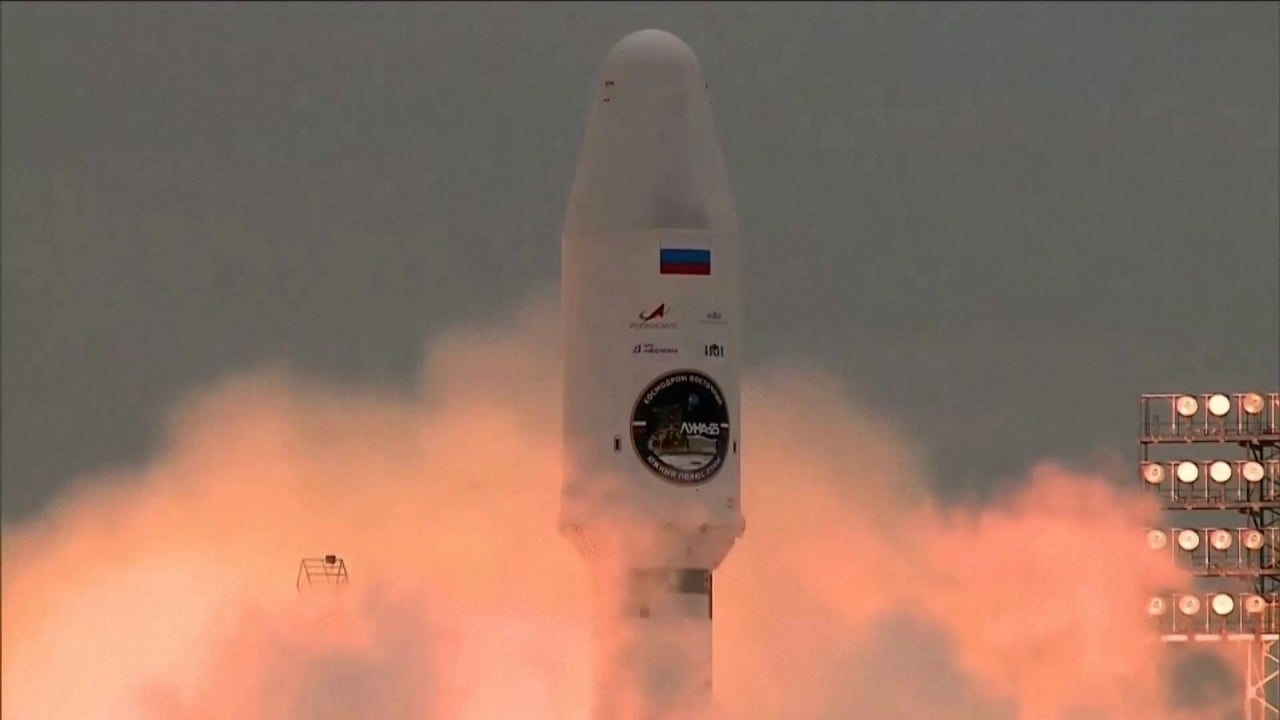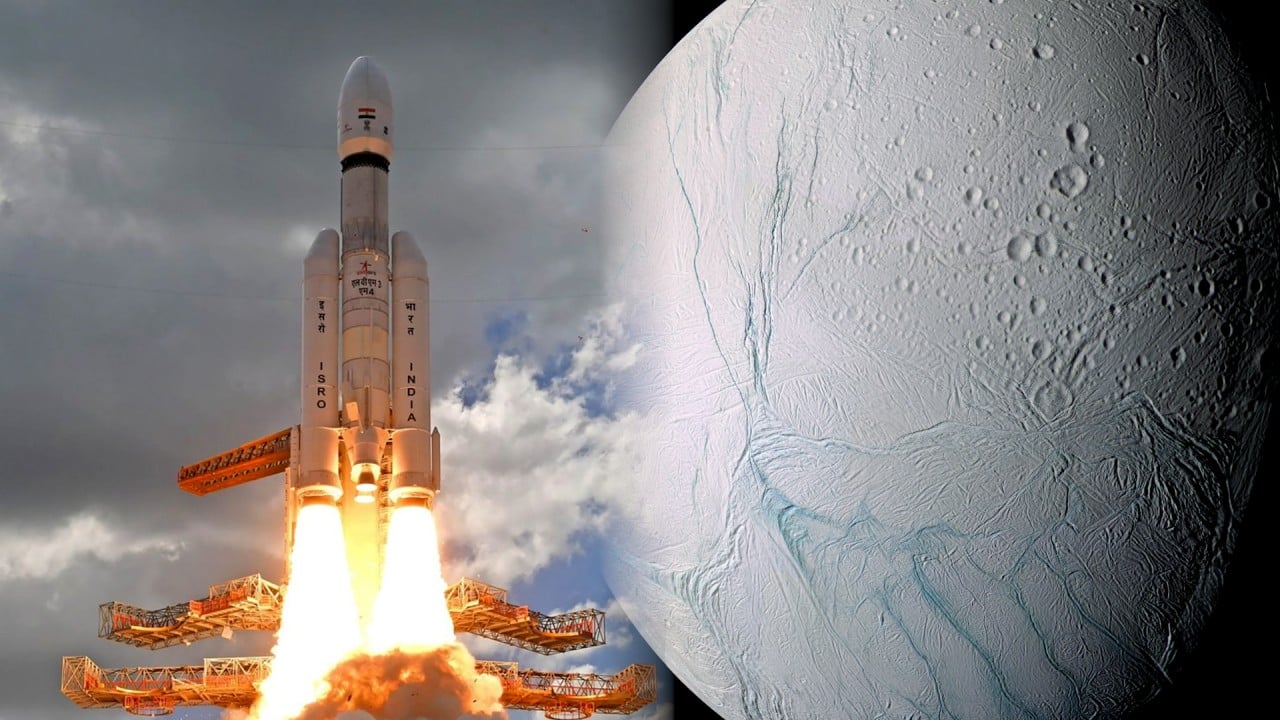Russia’s robotic probe, which was scheduled to touch down in the lunar south pole region early this week, encountered an engine failure during Saturday’s manoeuvre to lower its orbit ready for the landing, head of Russian space agency Roscosmos Yury Borisov told state media on Monday.
“Instead of the planned 84 seconds, the engine worked for 127 seconds. This was the main cause of the spacecraft’s crash,” Borisov said told Russia-24, in an interview which was shared by Roscosmos.
On Monday, when asked if China still saw Russia as a key partner after the failed mission, foreign ministry spokesman Wang Wenbin said the ILRS was “open to all interested parties”, and that China would always “push for extensive international cooperation” under the principles of joint substantiation, joint development and data sharing.
Namrata Goswami, an independent space policy scholar based in Montgomery, Alabama, said the loss of Luna-25 was not likely to affect cooperation between Russia and China.
“The ILRS is a strategic partnership between the two countries. Chinese President Xi Jinping has identified Russia as a major partner, so it will not affect the relationship,” Goswami said.
Advertisement
However, “it proves to the world that China is the one with the proven lunar technology and will have to support Russia in its lunar technology development and financing,” she said. “This is unlike the situation in the 1960s, 1970s and 1980s where the Soviet Union was the lead actor and China was behind. It’s a game changer.”
Nasa chief warns moon’s south pole may become ‘another South China Sea’
Nasa chief warns moon’s south pole may become ‘another South China Sea’
Chandrayaan-3, which had been described as being in a race with Luna-25, successfully lowered its orbit on Saturday and is expected to make its first landing attempt on Wednesday.
The landing will be supported by ground stations in Spain and Australia, which are part of Nasa’s Deep Space Network.
“If India lands successfully, it will become the first nation to land on the south pole as well as the first Artemis signatory to land on the moon. With Russia failing as a ILRS partner, this will put the Artemis camp ahead,” she said.
Advertisement
India became the 27th nation to sign the US-led Artemis Accords in June. Nasa’s commerical lunar lander, Nova-C, has been delayed and is now scheduled for launch in November.
Goswami said it was hoped the Indian space agency had learned from the Chandrayaan-2 moon lander, which crashed into the lunar surface in 2019 because of a brake system failure, in its preparation for another attempt.
Failures are not uncommon when it comes to space, and soft landing on the moon is not easy. Among the seven attempts over the past decade, only China’s Chang’e 3, 4 and 5 missions have made it to the lunar surface, while spacecraft from India, Israel, Japan and now Russia, have all crashed.
Advertisement
This month, Japan’s JAXA space agency is slated to launch its Smart Lander for Investigating Moon (SLIM), mainly to explore how to accurately land a small craft on the moon. Japan is also a signatory to the Artemis Accords.
China reveals first details of crewed moon landing mission by 2030
China reveals first details of crewed moon landing mission by 2030
China’s Chang’e 4, 6 and 7 and Russia’s Luna-25, 26 and 27 missions were listed as planned missions for the first phase of the ILRS, according to a guide for partnership released by the China National Space Agency and Roscosmos in 2021.
Advertisement
The first phase of the ILRS construction aims for lunar reconnaissance, site selection and verifying secure, high-precision landing technologies.
Advertisement




